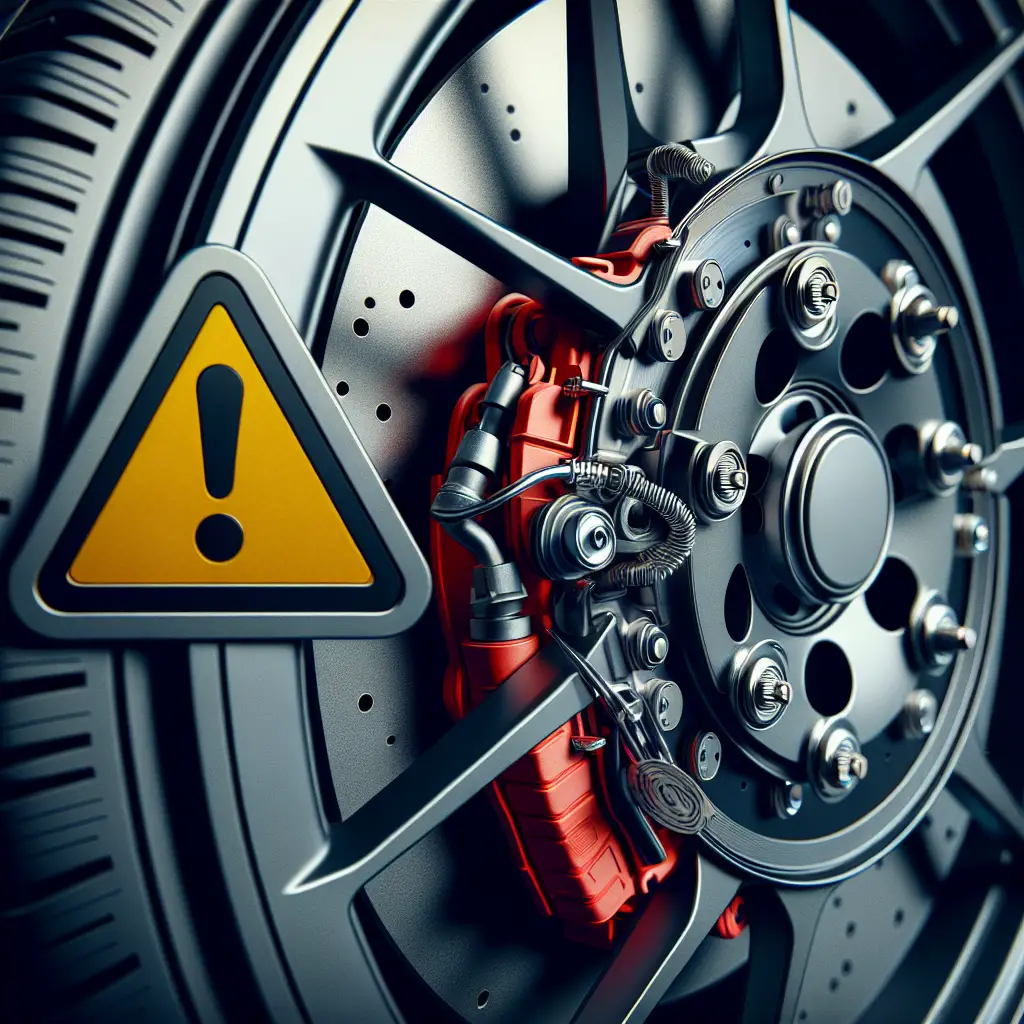Can You Drive a Car with a Missing Brake Pad? Here’s What You Need to Know
Driving safety is non-negotiable. Whether you’re commuting daily to work or embarking on a long road trip, the condition of your vehicle’s braking system is paramount. But what happens when you discover you’re missing a brake pad? In this article, we dive into the risks involved in driving a car with this crucial component missing and the necessary steps you need to take to ensure your safety on the road.
What Are Brake Pads and Why Are They Important?
Brake pads are an essential part of your car’s braking system. They are the components that apply pressure and friction to the car’s brake rotors, which is what slows down your vehicle. The Car Care Council emphasizes that without functioning brake pads, you’ll likely experience reduced braking power, which could lead to an increased stopping distance or even brake failure.
The Risks of Driving with a Missing Brake Pad
Driving with a missing brake pad is like walking a tightrope without a net – risky and ill-advised. Doing so can lead to a myriad of problems, including:
- Decreased Stopping Power: Your car’s ability to stop swiftly is compromised when a brake pad is missing, making it hard to handle emergency stopping situations.
- Damage to the Brake Rotor: A missing brake pad can lead to the metal-on-metal grinding. Over time, this can cause significant wear or warping to the rotor, as explained by the National Highway Traffic Safety Administration.
- Uneven Brake Wear: The remaining brake pads will wear out unevenly, leading to a potential domino effect of braking issues.
- Compromised Vehicle Control: Loss of control is a serious threat when braking power diminishes, especially in adverse weather conditions or when navigating turns.
Spotting the Signs of Brake Pad Problems
Before a brake pad goes missing entirely, there are usually several warning signs. You may hear a squealing or screeching sound when you brake, which is a primary indicator that your brake pads are wearing thin. Other signs include a pulsating brake pedal, longer stopping distances, or a grinding noise indicative of metal on metal contact.
What to Do If Your Brake Pad Is Missing
If you suspect a missing brake pad, it is critical to address the issue immediately. Follow these steps to ensure a safe resolution:
- Do Not Drive: It’s simple – don’t use the vehicle until the problem is fixed. This protects you, your passengers, and other road users.
- Check Your Car: Inspect your vehicle to confirm the issue. If in doubt, reference the vehicle’s service manual or seek professional help.
- Get Professional Assistance: Have your car towed to a reputable mechanic or brake specialist. Popular Mechanics advises not to attempt a DIY repair unless you have the required expertise.
- Have All Brake Pads Replaced: Mechanics often suggest replacing all brake pads at the same time for even wear and optimal performance.
Preventative Measures
Prevention is always better than cure. Here are some tips to avoid the dangers of a missing brake pad:
- Regular Maintenance: Keep up with regular vehicle maintenance. This includes having your brakes checked routinely.
- Driving Habits: Adopt good driving habits that preserve brake life, such as avoiding sudden stops and not riding the brakes.
- Quality Parts: Invest in high-quality brake pads when replacements are necessary.
Conclusion
In summary, driving with a missing brake pad is a potentially dangerous and financially damaging proposition. The risk it poses to your personal safety and those around you cannot be understated. Taking immediate action by ceasing to drive the vehicle and getting professional help is critical.
Your vehicle’s braking system is its most crucial safety feature. Ensure it’s always in top working condition to enjoy safe, worry-free driving. Remember, when it comes to brakes, it’s always safety first.
References:
– Car Care Council. (n.d.). Be Car Care Aware. http://www.carcare.org/
– National Highway Traffic Safety Administration. (n.d.). Vehicle Safety Information. https://www.nhtsa.gov/
“Keep Your Vehicle Rolling – Avoiding Common Brake Issues.” Popular Mechanics. https://www.popularmechanics.com/
Please note that some links to external sources are provided for informational purposes and do not imply endorsement of any products or services.

